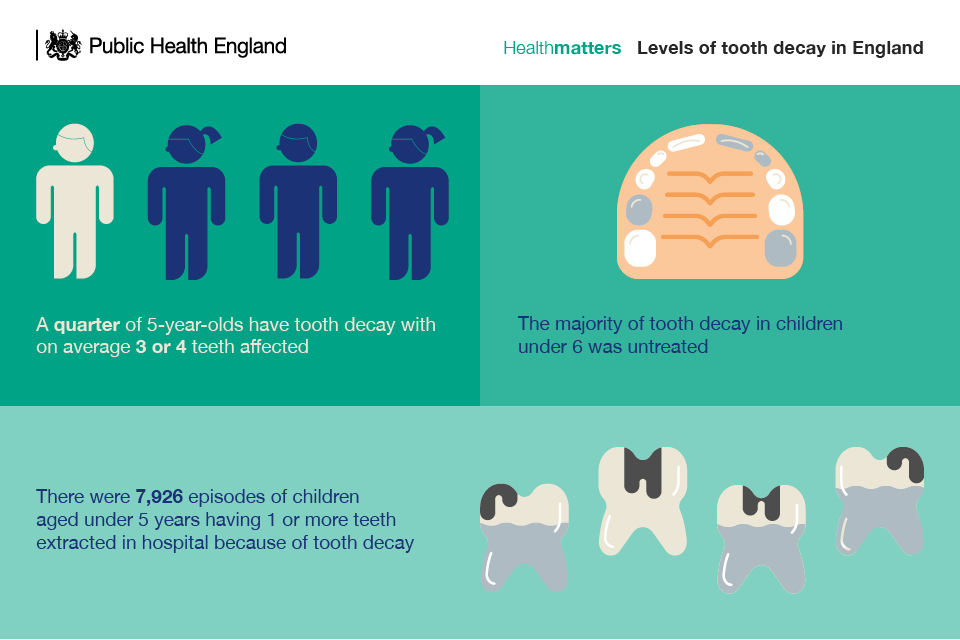Reveal The Transformative Improvements That Are Reshaping Dental Surgery. Delve Into The Future Of This Technique And Keep An One-Upmanship. Click Currently To Gain Insight Right Into What Lies Ahead
Reveal The Transformative Improvements That Are Reshaping Dental Surgery. Delve Into The Future Of This Technique And Keep An One-Upmanship. Click Currently To Gain Insight Right Into What Lies Ahead
Blog Article
Web Content Written By-Reeves Browne
Invite to the globe of oral surgery, where developments and advances are forming the future of the area! In this interesting realm, you'll witness the transformative power of robotics, the sophisticated marvel of 3D printing, and the game-changing effect of minimally intrusive methods.
invisible braces bastrop of oral surgery holds a pledge of precision, effectiveness, and boosted client end results. With the help of innovative robotics, doctors are able to do complicated treatments with higher accuracy and control.
3D printing innovation is reinventing the creation of dental implants and prosthetics, providing personalized services that fit seamlessly into each client's one-of-a-kind makeup.
Furthermore, minimally invasive strategies are reducing post-operative pain and healing time, permitting patients to go back to their daily lives faster.
Prepare yourself to explore the amazing technologies and breakthroughs that are improving the landscape of oral surgery!
Developments in Robotics
One significant innovation in dental surgery is making use of robotic technology, which enables specific and reliable procedures. With the help of robotic systems, dental doctors have the ability to perform complicated surgeries with boosted precision, minimizing the threat of human error.
These robotic systems are geared up with innovative imaging innovation and precise tools that make it possible for doctors to navigate through intricate anatomical frameworks effortlessly. By making use of robotic technology, cosmetic surgeons can attain higher medical precision, resulting in enhanced client outcomes and faster healing times.
Furthermore, https://www.mediapost.com/publications/article/385989/invisalign-fights-teen-braces-drama-in-social-medi.html of robotics in oral surgery permits minimally invasive procedures, decreasing the injury to surrounding tissues and advertising faster healing.
3D Printing in Dental Surgery
To improve the area of dental surgery, you can check out the subtopic of 3D printing in dental surgery. This cutting-edge modern technology has the possible to change the method oral cosmetic surgeons run and deal with patients. Right here are 4 essential methods which 3D printing is forming the field:
- ** Custom-made Surgical Guides **: 3D printing enables the development of highly exact and patient-specific surgical overviews, enhancing the precision and efficiency of procedures.
- ** Implant Prosthetics **: With 3D printing, dental specialists can create personalized dental implant prosthetics that flawlessly fit an individual's unique composition, resulting in far better outcomes and person satisfaction.
- ** Bone Grafting **: 3D printing enables the production of patient-specific bone grafts, reducing the need for typical grafting techniques and boosting healing and recovery time.
- ** Education and learning and Training **: 3D printing can be used to create realistic surgical versions for instructional functions, allowing dental cosmetic surgeons to practice complicated treatments before doing them on patients.
With its prospective to improve precision, customization, and training, 3D printing is an exciting growth in the field of oral surgery.
Minimally Invasive Methods
To even more advance the area of dental surgery, accept the possibility of minimally intrusive strategies that can greatly benefit both specialists and clients alike.
Minimally invasive techniques are revolutionizing the area by minimizing surgical trauma, decreasing post-operative discomfort, and increasing the recuperation process. austin tx root canal involve utilizing smaller sized incisions and specialized tools to perform treatments with accuracy and effectiveness.
By using sophisticated imaging modern technology, such as cone beam of light computed tomography (CBCT), doctors can accurately plan and implement surgical procedures with marginal invasiveness.
Additionally, making use of lasers in oral surgery allows for precise tissue cutting and coagulation, resulting in reduced blood loss and decreased healing time.
With minimally invasive techniques, people can experience much faster recuperation, reduced scarring, and boosted outcomes, making it a vital aspect of the future of dental surgery.
Verdict
So, as you can see, the future of oral surgery is unbelievably appealing, with interesting developments and advances forming the area.
From the improvements in robotics to making use of 3D printing and minimally intrusive methods, oral doctors are transforming the means they supply care.
While some may stress over the prospective cost associated with these developments, it's important to keep in mind that these technologies inevitably boost individual outcomes and decrease recuperation time, making them well worth the investment over time.
